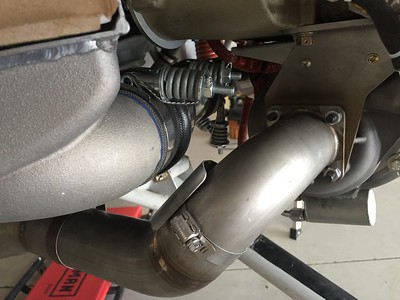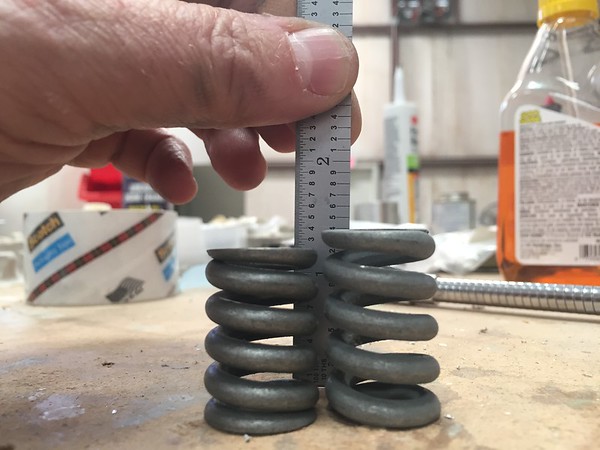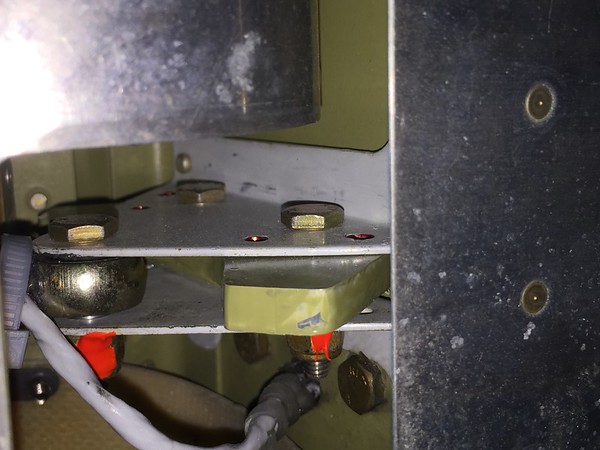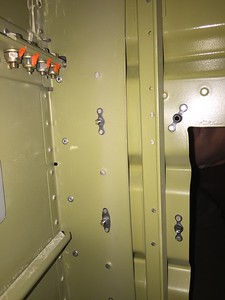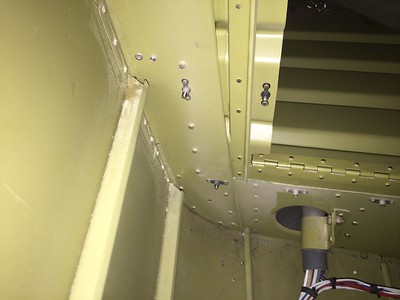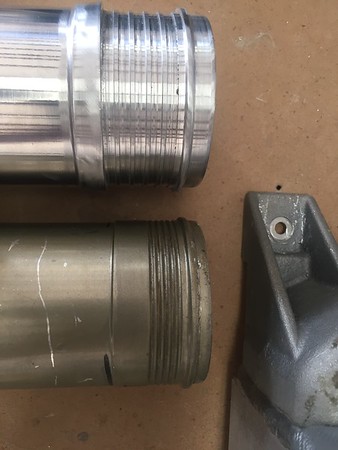Well, it took about 2.5 months, but its back in the air- sort of.
The condition inspection went very well. RV guru Vic Syracuse gave the airframe a thorough inspection. He left the engine to me.
Punch list items--
1. Aileron SB inspection- completed- no cracks.
2. One brake master cylinder fitting weeping- resealed all 8.
3. Two small cracks in the inlet ramp baffles- stop drilled.
Modification list--
1. Upgraded rudder stop installed-recommended by Vic.
2. Reduced my aux battery system by half- saved about 8 lbs.
3. Installed an access door in aft bulkhead- Now just 10 screws instead of 35 to check the battery and aft equipment bay.
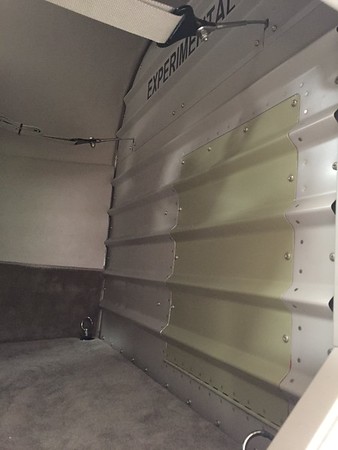
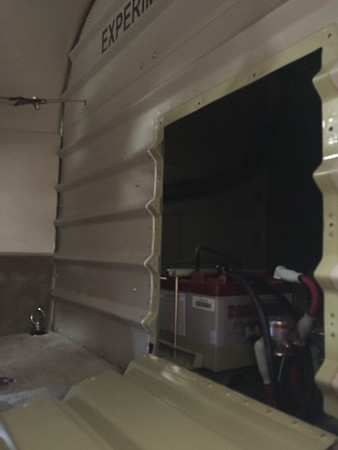
4. Enlarged oil cooler inlet and ducting
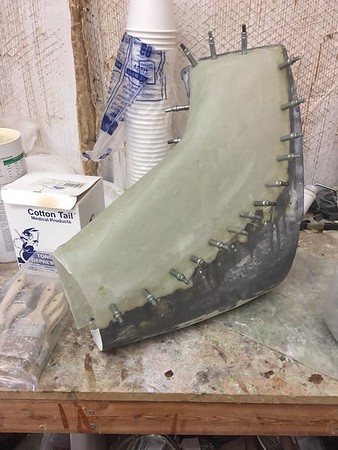
5. CMI installed a production version oil pump -- This was a huge disassembly job that is half of the reason for the lengthy condition. Checking to see if I can post photos.- standby.
The condition inspection went very well. RV guru Vic Syracuse gave the airframe a thorough inspection. He left the engine to me.
Punch list items--
1. Aileron SB inspection- completed- no cracks.
2. One brake master cylinder fitting weeping- resealed all 8.
3. Two small cracks in the inlet ramp baffles- stop drilled.
Modification list--
1. Upgraded rudder stop installed-recommended by Vic.
2. Reduced my aux battery system by half- saved about 8 lbs.
3. Installed an access door in aft bulkhead- Now just 10 screws instead of 35 to check the battery and aft equipment bay.


4. Enlarged oil cooler inlet and ducting

5. CMI installed a production version oil pump -- This was a huge disassembly job that is half of the reason for the lengthy condition. Checking to see if I can post photos.- standby.
Last edited:



